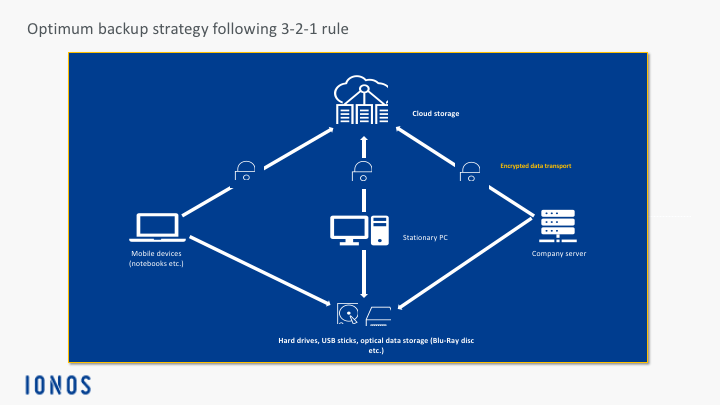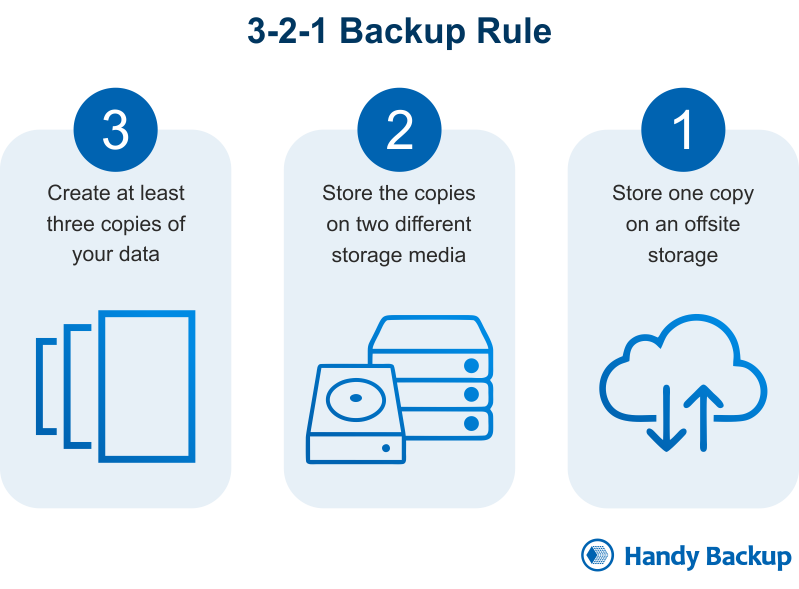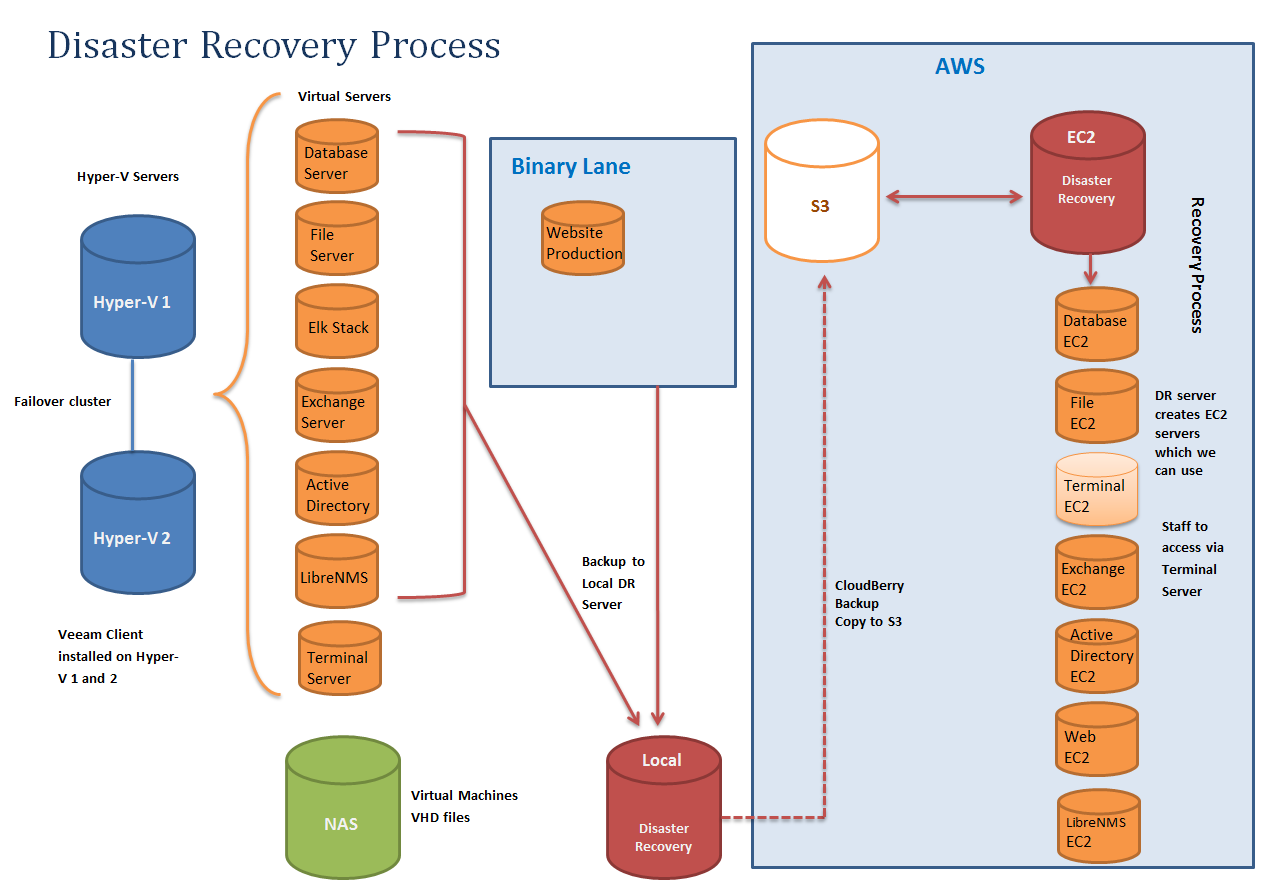

By keeping three different copies of your data, stored on two storage media with one kept offsite, you significantly reduce the chances of losing all of your data. The 3-2-1 backup rule has been the most effective approach in data protection for decades. Immutable backup repositories on Linux-based machines and in the cloud.Chaining to automate backup copy creation after successful backups.Backup to network shares, the cloud (Amazon S3, Wasabi), offsite storage, etc.Modern solutions like NAKIVO Backup & Replication offer numerous backup features that allow you to implement the 3-2-1 rule and extend it to the 3-2-1-1 backup strategy to include immutable backups.Īlong with direct backups, these features include: Similar to immutable backups, air-gapped backups are ransomware-proof and can be used for swift recovery following a disaster or a cyberattack.
3 2 1 BACKUP METHODOLOGY OFFLINE
You can create air-gapped backups by storing data offline on detachable disks, NAS or tape and disconnecting them from the production site. Immutable storage can also be configured on Linux OS-based machines or in the cloud, for example, in AWS using the Amazon S3 Object Lock feature. These backups cannot be modified or deleted making them immune to new ransomware attacks and accidental or intentional deletion.ĭifferent storage devices, like tape and optical disks, allow you to apply immutability to backups. Immutable backups are backup files stored using the write-once-read-many (WORM) model. Create one (1) immutable or air-gapped backup copy.Keep at least three (3) copies of your data.However, in recent years, this approach has been expanded to the 3-2-1-1 backup rule in response to the cyberthreat landscape and data compliance requirements. The original 3-2-1 backup strategy was conceived before the internet era and is perfectly sufficient in most scenarios. To ensure business continuity and prepare for all potential risks, the 3-2-1 backup rule should be part of a comprehensive disaster recovery plan. Keep in mind that while remote backups improve your chances of recovery, keeping local copies provides faster and easier recovery. A remote location in this case can be physical offsite storage or the cloud. For this reason, the 3-2-1 backup strategy dictates that you should store one or more backup copies in a remote location, for example, in another city, state, country or even continent. Keeping all of your backups in a single place is not recommended since they could be entirely wiped out in a natural disaster or a building emergency like an office fire. To abide by the 3-2-1 rule, you need to store your primary data and backup copies on at least two different storage media, including internal or external hard drives, NAS, tape and others. Having all your backups on the same type of storage media makes it more likely that both devices would fail at about the same time due to a defect or simple wear and tear. Store two (2) backup copies on different storage media Having a single backup stored in the same location as the primary data means that any disaster that hits your production can also affect your secondary copies. It follows then that the more backup copies you have, the less likely it is that you would lose them all at once. Keeping 3 copies of data is the bare minimum required to ensure that you can recover in any failure scenario, keep recovery objectives low and avoid a single point of failure. Three copies mean the primary production data and two backup copies. Keep at least three (3) copies of your data Let’s take a closer look at each point of the 3-2-1 rule. This approach is not about choosing one medium over another but rather about finding the right combination of storage media and locations in terms of cost-efficiency, security and flexibility. One of the most common practices is to keep one copy of production data, one backup on a local repository and one backup copy in offsite storage or in the cloud. Store two (2) backup copies on different storage media.īy applying this rule, you ensure that data can be recovered in almost any failure scenario.Keep at least three (3) copies of data.

The 3-2-1 backup rule refers to a tried-and-tested approach to data retention and storage:

DISCOVER SOLUTION What Is the 3-2-1 Backup Rule?


 0 kommentar(er)
0 kommentar(er)
